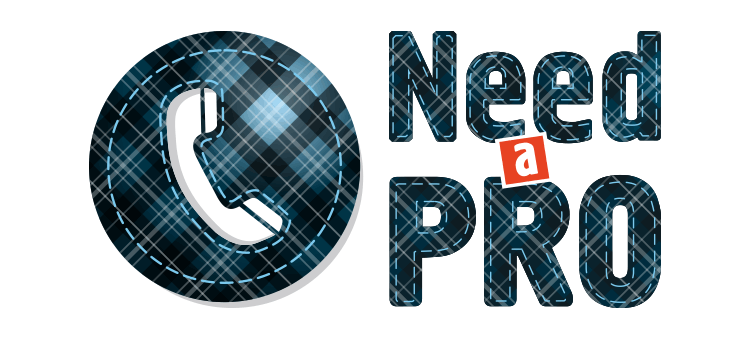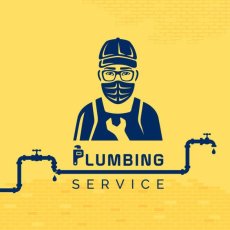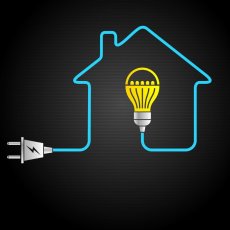Solar panels are becoming increasingly popular as a source of renewable energy. They are a clean and sustainable alternative to traditional energy sources, and can help reduce your carbon footprint while saving you money on your energy bills. However, like any other technology, solar panels require installation and maintenance to function properly. In this article, we will discuss the basics of solar panel installation and repairs.
Installation
Before installing solar panels, it is important to assess your home's energy needs. You should determine how much energy you need to generate, and how many panels you will need to achieve that goal. You should also consider the orientation and angle of your roof, as well as any obstructions that may block sunlight.
Once you have determined your energy needs and assessed your roof's suitability for solar panels, you can begin the installation process. Here are the basic steps:
1. Mounting: The first step is to mount the panels on your roof. This involves attaching brackets to the roof, and then securing the panels to the brackets.
2. Wiring: Next, the panels need to be wired together in a series or parallel configuration. This involves connecting the positive and negative terminals of each panel to the corresponding terminals of the adjacent panel.
3. Inverter: The electricity generated by the solar panels is in the form of direct current (DC), which needs to be converted to alternating current (AC) for use in your home. This is done by an inverter, which is typically installed near your electrical panel.
4. Electrical Panel: The final step is to connect the inverter to your home's electrical panel, which distributes the electricity throughout your home.
Repairs
Solar panels are generally low-maintenance, but they do require occasional repairs and cleaning to ensure optimal performance. Here are some common issues and how to address them:
1. Dirt and debris: Over time, dirt, leaves, and other debris can accumulate on your solar panels, reducing their efficiency. To clean them, simply use a soft brush or cloth and some soapy water.
2. Inverter failure: Inverters can fail due to power surges or other electrical issues. If you notice a drop in energy production, check the inverter for error codes or other signs of failure. If it needs to be replaced, contact a qualified electrician.
3. Broken or damaged panels: Solar panels can be damaged by hail, falling branches, or other hazards. If you notice cracks or other damage, contact a professional installer to assess the damage and determine if the panel needs to be repaired or replaced.
Conclusion
Solar panels are a great investment for homeowners looking to reduce their carbon footprint and save money on energy bills. However, proper installation and maintenance are essential to ensure optimal performance. By following the steps outlined in this article, you can enjoy the benefits of solar energy for years to come.








 Vectora Design
Vectora Design